2018-12-10
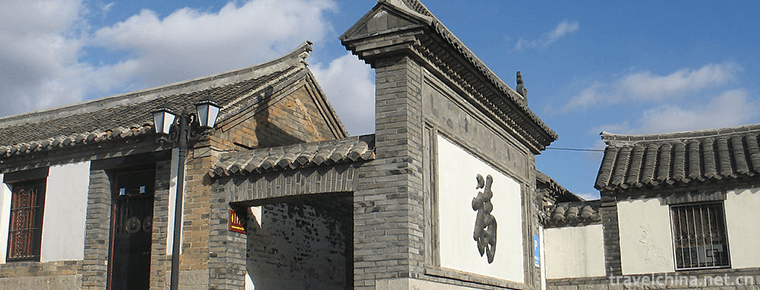
- By ChinaWiki.net
- Chinese Edition
- 2019-02-07
Qixia Mous Manor
Mou's Manor, also known as Mou Erhei Manor, is located in Ducun, an ancient town in the north of Qixia City (the northern head of the original Xiaguang Third Road). It is a place where the Mou's family, the largest landlord in the north, has lived together for generations.
Founded in the first year of Yongzheng in the Qing Dynasty, it owns more than 5500 houses, 60,000 mu of land and 120,000 mu of land. Now it has more than 480 halls and rooms, covering more than 20,000 square meters. It is the largest and most complete feudal landlord manor in China. With unique tourism resources and rich tourism culture, it is a key cultural relics protection unit at the national level, and has the reputation of "Chinese Folk Palace Museum".
Introduction to scenic spots
Mou's Manor, located in Qixia City, Shandong Province, the apple capital of China, was built in the first year of Yongzheng in Qing Dynasty. It has more than 5,500 houses, 60,000 mu of land and 120,000 mu of land. It now has more than 480 halls and rooms, covering more than 20,000 square meters. It is the largest and most complete feudal landlord manor in China. In 1988, it was designated as a state key cultural relic protection unit by the State Council.
Mou's manor has a large scale and strong culture. It is famous for its architectural culture, farming culture and folk culture.
The architecture of Mou's Manor is simple and magnificent, with deep connotation. Six courtyards are built along the North-South central axis in turn into four courtyards, namely, the South group, the hall, the living room, the building, the small building, the North group and the East-West group. The manor has unique construction technology, carving and chiseling, exquisite craftsmanship, bright style and window, brilliant literary style, wonderful and unique, with the artistic characteristics of "three carvings", "six strange" and "nine unique", and is praised as "the treasure of traditional architecture".
The farming culture of Mou's manor has its own characteristics. The majority of scholars choose the way of "learning while excelling in official affairs", while Mou's people choose to return to the pastoral areas and farm on land. "Farming, studying and thrifting" on the main entrance of the manor is the spiritual portrayal of the Mou clan's belittling merit and fame, pursuing tranquility and accumulating family business.
Mou's manor has a long history of folk culture. Qixia folk culture takes manor as a mirror to illuminate its regionality, diversity and inheritance, such as baboon, paper-cut, throwing embroidery balls, marriage, funeral, Folk Lantern Exhibition and so on. It vividly reflects the agricultural production customs, family customs, food and clothing customs, life etiquette customs, festival customs and other ancient folk matters in Jiaodong area. In order to inherit this precious cultural heritage, Mou's Manor holds "Folk Culture Tourism Festival" every year during the Golden Week of May 1st and November 11th to reproduce the historical and cultural life of Mou's family in its heyday.
Cultural value
The whole manor is the largest, most complete and typical feudal landlord manor in northern China with its rigorous structure, firm piers and magnificent dignity. Mou's manor, with its magnificent scale and profound connotation, has been appraised by many experts and scholars as "the living fossil of the Centennial manor", "the treasure of traditional architecture", "the place where the six hundred years of prosperity lie". In 1988, Mou's manor was declared as "the national key cultural relics protection unit".
The architectural culture of Mou's Manor is extensive and profound. Six courtyards along the north-south axis are built in turn as South Group houses, bungalows, living rooms, buildings, small buildings, North group and East-West Group rooms into quadrangle courtyards, forming a complete set of ancient building communities with typical northern residential architectural characteristics. The manor is unique in construction technology, carved and chiseled, exquisite in craftsmanship, bright-pillared windows, brilliant in literary style and wonderful, with the artistic characteristics of "three carvings", "six strange" and "nine unique". The folklore culture here has a long history. Jiaodong folklore culture takes manor as its carrier, showing its superiority, diversity and inheritance. It vividly reflects the ancient folk customs of northern China, such as agricultural production custom, family custom, food, clothing, housing, life etiquette and custom, festival custom and so on, represented by Jiaodong Peninsula.
Absorbing the excellent architectural achievements of the northern Chinese national architectural art style, it has high artistic value and rich historical and cultural connotations. Mou's Manor, known as the "Small Forbidden City of Chinese Folk People", systematically shows the emergence, development and extinction of the feudal landlord class. It is a "physical encyclopedia" reflecting the life of the feudal landlord class. Mou's manor has a vast scale and magnificent simplicity. It concentrates on the achievements of Chinese history, architecture and folk culture.
Architectural features
Throughout the overlap of multiple quadrangles, across the passages, clear layers, clear primary and secondary. The three-dimensional buildings in the courtyard are mostly two-storey buildings. The buildings are mostly carved beams and painted pillars, open-pillar windows and relief patterns, which are lifelike. Manor buildings are in a row, rich in characteristics, colorful "tiger skin wall", built with river pebbles of different shapes and colours, "making money lotus picture", "lotus birth noble son" and other patterns, exquisite and amazing. "Three Big Monsters" architecture is more intriguing and fascinating. "Chimney Standing Outside the Gables" is one of the strange things. It looks like a small pavilion. It stands high in the sky and has its own characteristics.
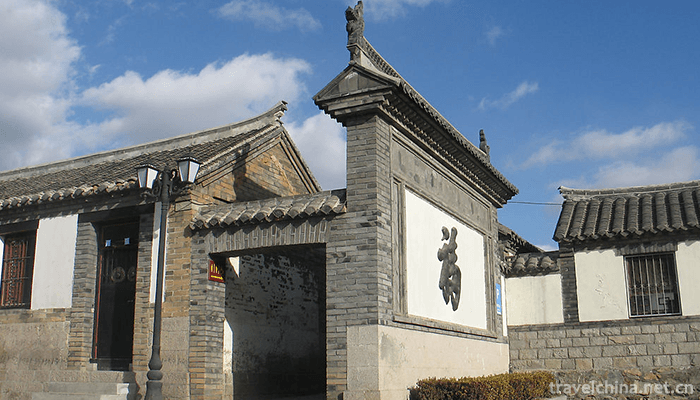

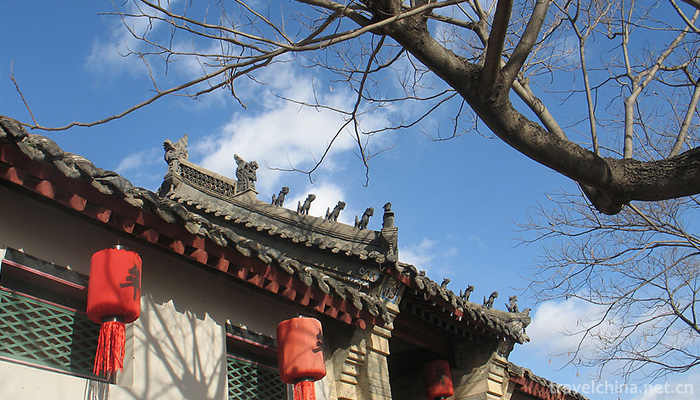
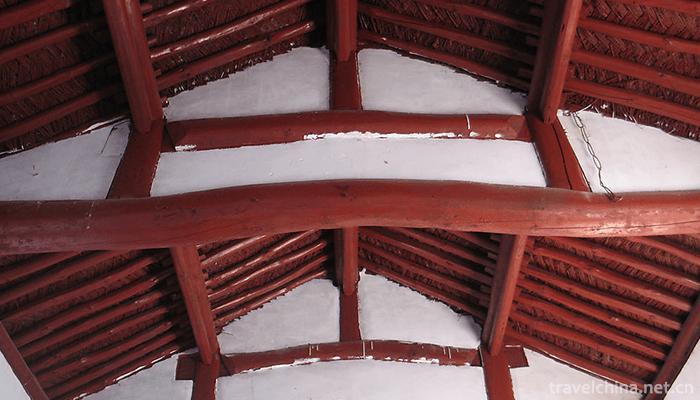

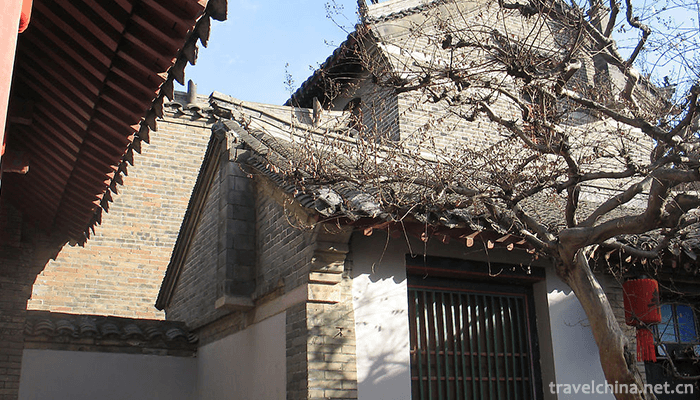
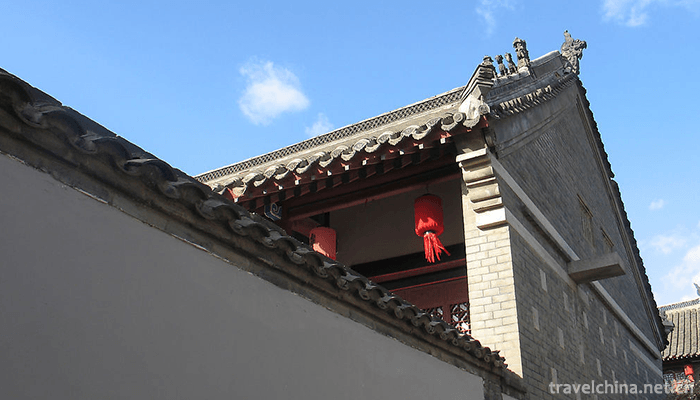
Ask a Question
Your email address will not be published.
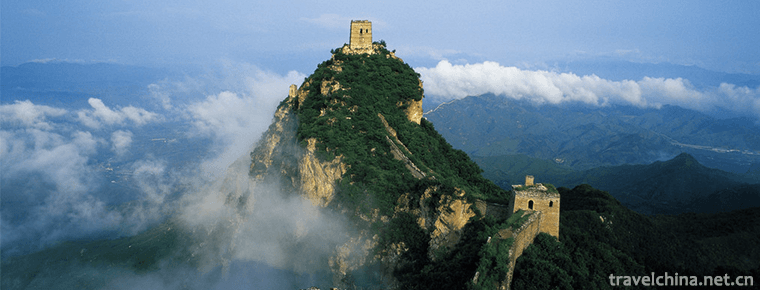
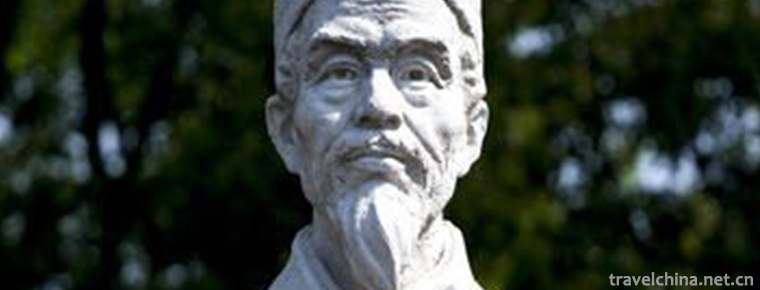

0 Questions